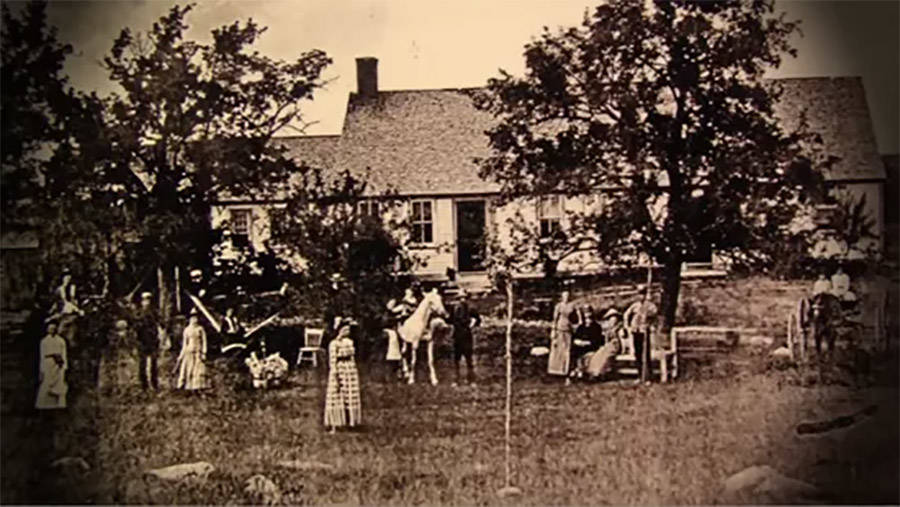I would like to start this post off by clarifying that I am not a fan of either of the candidates for this year, seeing as I support neither Trump’s ban on Muslims and his statements on the Black Lives Matter Movement nor Biden’s disinterest in immigrants having to become citizens in order to make changes in our country, but I believe that either of them could be good enough with the help of the Congress, the Senate, and our American citizens.

Effects of the Electoral College
There’s really no way to know who is going to win an election until the final announcement itself, making it extremely stressful up until its very last moments. The 2020 presidential election is no different. As I am writing this currently, according to the Apple News app, Biden is in the lead with 264 electoral votes vs. Trump’s 214. As of right now it isn’t very close, but the entire thing can flip on its head within a moment’s notice; there’s just no way of telling.

As I said before, currently, by the looks of it, Biden seems to be on the path to victory; but that can always change. Swing states, for example, tend to be somewhat unpredictable as to whether they will end up being democratic or republican. “Biden won California, the nation’s biggest electoral haul” (Lemire), which was certainly a big win on his part, along with Colorado and Virginia, those three earning him 77 total. According to Apple News, Trump has now claimed Florida and Ohio, both giving him 47 more votes.
According to the bar at the top of the image, one candidate has to earn 270 electoral votes to win. We can see that Biden is currently 50 votes ahead of Trump. Also, though at a first glance the map may seem mostly red (indicating that those states voted mostly Republican), the smaller states in the northeast are worth a good amount as well, which all happen to be Democratic. Though, as indicated by the key below the map, most of the states that have not yet decided will most likely be Republican and give Trump their votes, it is still entirely possible that they can flip to being Democratic instead at any moment; it all depends on the majority of the voters in that particular state.

Covid Concerns
Without taking the electoral votes into account, though, there are plenty of other factors that can help us to predict the next president. For example, many “public health experts fear (…) [that] the U.S. [will not] be able to tame [the] perilous pandemic” that is Covid-19, and many citizens claim that that is solely because of Trump’s handling of the issue. “Trump has ignored the advice of his top health advisors,” says another article, “who have issued increasingly urgent warnings in recent days about the need for preventive measures” (Tanner). The fact that Trump has been doing this, as well as “falsely suggesting that the pandemic is waning” (Tanner), goes to show that he isn’t being as cautious as necessary with putting protocols in place for citizens to follow. Biden, on the other hand, “has rarely been seen in public without a mask and made public health a key issue” (Tanner). This virus is one of the largest concerns for voting citizens right now, and people want to make sure that the least amount of people die due to it as possible, which makes it a good bit more likely that Biden will win this election.

As I said, there really isn’t any way to know exactly who is going to win an election before all of the votes are counted and the winner is announced officially, but based on statistics, patterns, and opinions of citizens, we can at least make an educated guess. That being said, based on these factors, I believe that Joe Biden is going to be the one to win this election. Though Trump has put up an impressive amount of competition, Biden has very obviously been much more careful about Covid, which is something that is very important to people right now as well as it will most likely be for the few years to come. I’m not too excited to say this (not that I’d be ecstatic if Trump were to win, either), but I do like that he is planning on focusing on the citizens’ health and safety as well as environmental issues. He may not deal with them in the best way, but it’s extremely important to me that they get dealt with at all.
Works Cited:
Johnathan Lemire, Zeke Miller, Jill Colvin, and Alexandra Jaffe. Biden, Trump Locked in Tight Races in Battleground States. apnews.com/article/donald-trump-joe-biden-election-day-966a3decc2c3262946c03baf2dd14e8f.
Lindsay Tanner. Public Health May be US Election Loser as Coronavirus Surges. https://apnews.com/article/election-2020-donald-trump-pandemics-virus-outbreak-public-health-0715afa39a966935fe12ea4123cf62fc.



